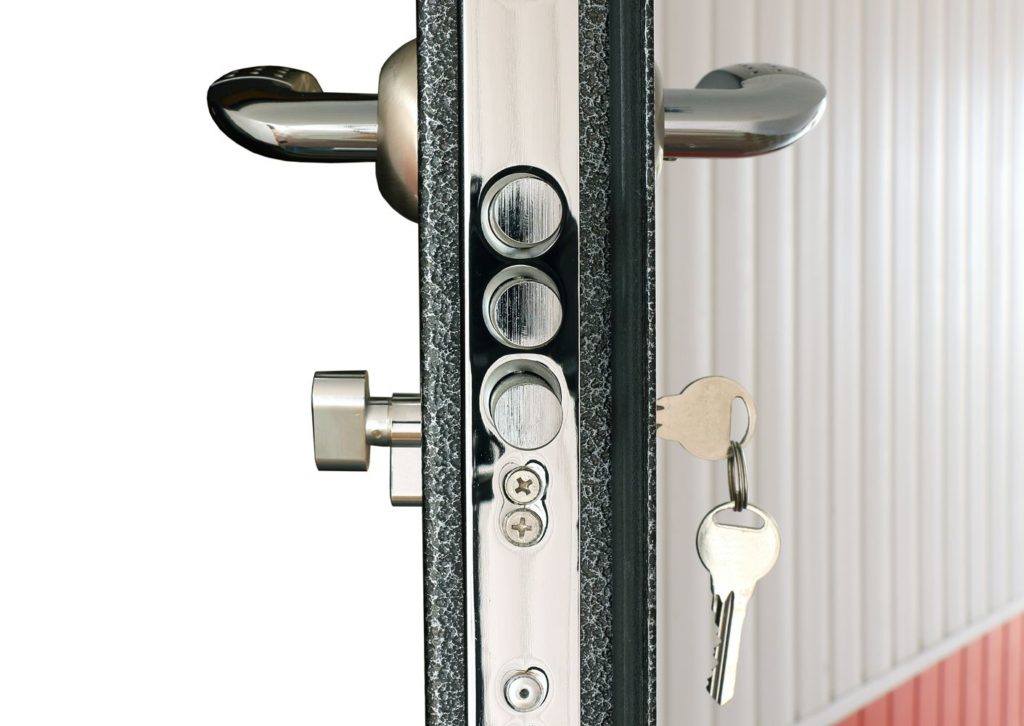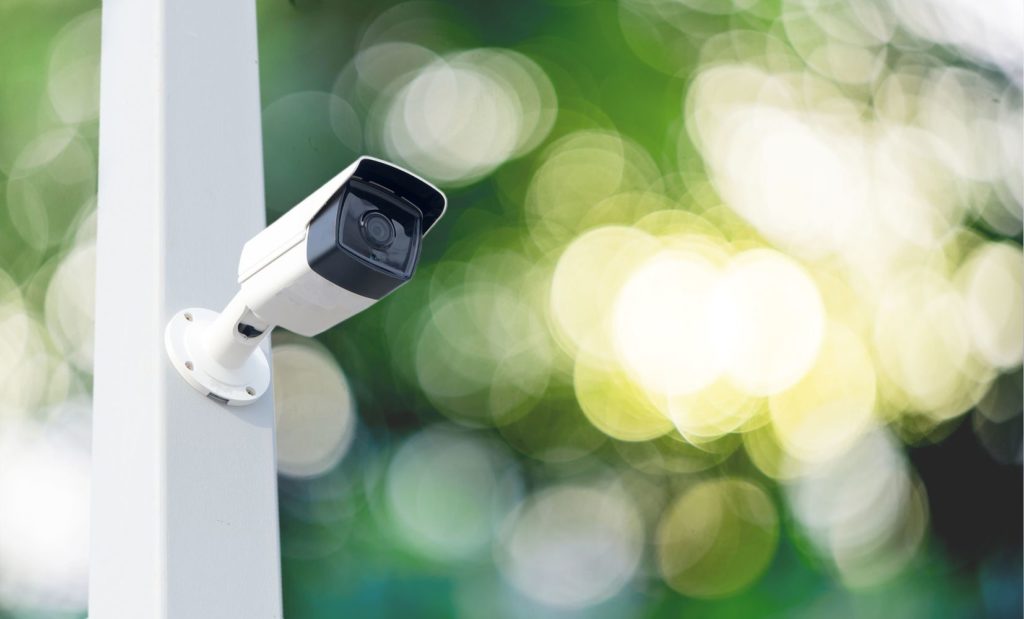Written By: Brad Campbell | May 10, 2023
On May 24, 2022, one of the worst active threat scenarios of recent history took place at Robb Elementary School in Uvalde, Texas.
As is all too common after these types of tragedies, the incident exposed a variety of security failings, especially in terms of law enforcement’s response to the active threat, but also having to do with the Uvalde school’s security measures.
Looking back on these types of incidents is never something we take pleasure in, but it’s important to see what we can learn to help prevent such tragedies from unfolding in the future.
Like the majority of US schools, Robb Elementary, and the Uvalde Consolidated Independent School District (CISD) as a whole, did have a comprehensive security plan in place.
This plan included lockdown protocols, a system for reporting bullying and threats, and other measures for preventing and responding to various emergencies.
Physical security measures outlined in the Uvalde school security plan include alarms, motion sensors, and a policy to keep exterior doors and classroom doors closed and locked at all times.
Classrooms at Robb Elementary were also equipped with a silent panic alert system, called Raptor Alert.
In addition to these security measures, the school district also had its own police force of four officers.
The first security failing at Robb Elementary was that an exterior door was closed, but not locked.
This was due to the fact that the door had an automatic locking system which could be disabled using a hex key, and it had for some reason been disabled that day.
Whoever closed the door was not aware of this issue, and the attacker was able to gain access to the school through this door.
The second security failing at the Uvalde school was that the doors on both of the classrooms that the attacker chose to enter were not working properly and could not be locked from the inside, so the attacker was able to walk right in.

This highlights the importance of installing secure doors in schools, with modern door locks and access control systems, that can be locked from the inside and have automatic locking mechanisms that cannot be easily disabled.
In the majority of active threat scenarios, the assailants gain access to the facility through a vulnerable door or window, so secure doors are a very important first line of defense.
If there are no physical barriers to provide access denial on school grounds, all the security protocol training and lockdown drills in the world are not enough to protect students and staff.
As soon as shots were heard outside Robb Elementary, a teacher triggered the silent Raptor Alert system, which warned other teachers of an active threat so they could start taking steps to lock down and protect their students.
While this type of silent alarm system is convenient because it works on a variety of everyday devices, it may not be as efficient as a central, audible alarm system that alerts everyone within earshot of an emergency scenario right away.
And, again, an emergency alert system and lockdown protocols only work if doors and windows are secure and provide access denial to keep bad guys out of schools and classrooms.
Like with other sites of mass casualty incidents, Robb Elementary will remain closed and is set to be demolished.
A charity organization founded in the wake of this tragedy, the Uvalde CISD Moving Forward Foundation, is building a new elementary school, which is set to open before the beginning of the 2024 school year.
The new school’s campus will have state-of-the-art security measures in place, including the following:
Meanwhile, other schools in the Uvalde CISD have taken measures to improve security, such as building high fencing around campuses, installing new locks, and adding more surveillance cameras.

The Uvalde tragedy highlights some key issues that schools can learn from to improve their security measures, especially when it comes to active threat protection.
Any school security plan is only as strong as its weakest links, which are more often than not vulnerable doors and windows.
We’ve already touched on the importance of replacing outdated doors and locking mechanisms in schools to provide access denial, and things like high fencing and gates are also good for securing campus perimeters.
However, it’s also of the utmost importance not to overlook creating access denial barriers over windows.
Even if an attacker isn’t able to open a door to gain entry to a school, they may be able to easily break an unprotected window to gain access.

This is why schools should also consider supplementing their other security measures with security glazing, Riot Glass polycarbonate security glazing, which is available in bullet-resistant varieties.
Even containment-grade (non-ballistic) Riot Glass polycarbonate is virtually unbreakable, and can get riddled with bullets without significantly diminishing in strength — it remains a barrier to forced entry during even the most determined, prolonged attacks.
As long as all other security measures are up to date and working as they should, Riot Glass polycarbonate security glazing denies forced entry, allowing those inside the school to run, hide, and barricade themselves inside somewhere safe.
The delay created by these virtually unbreakable access denial barriers can save lives and give the authorities time to arrive and neutralize a threat.

There’s no one-size-fits-all approach to improving school security, but there are best practices and physical security measures you can implement that do a lot to protect students and staff during active threat scenarios and other emergency situations.
The Uvalde tragedy highlighted several shortcomings and failures that contributed to the scale of the active threat scenario, which we can learn from to hopefully prevent such a tragedy from unfolding in another school somewhere else.

HOW CAN WE HELP YOU?
